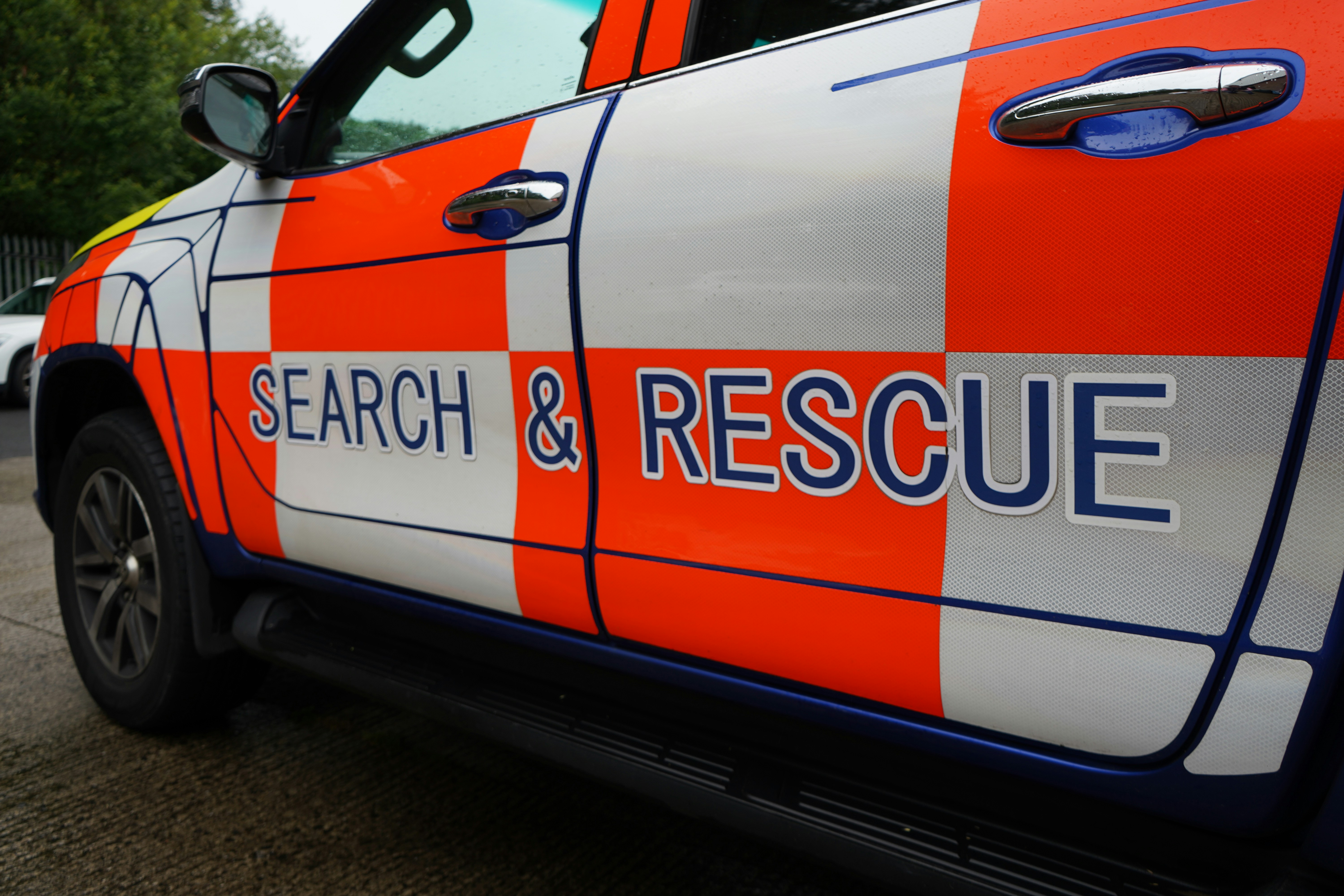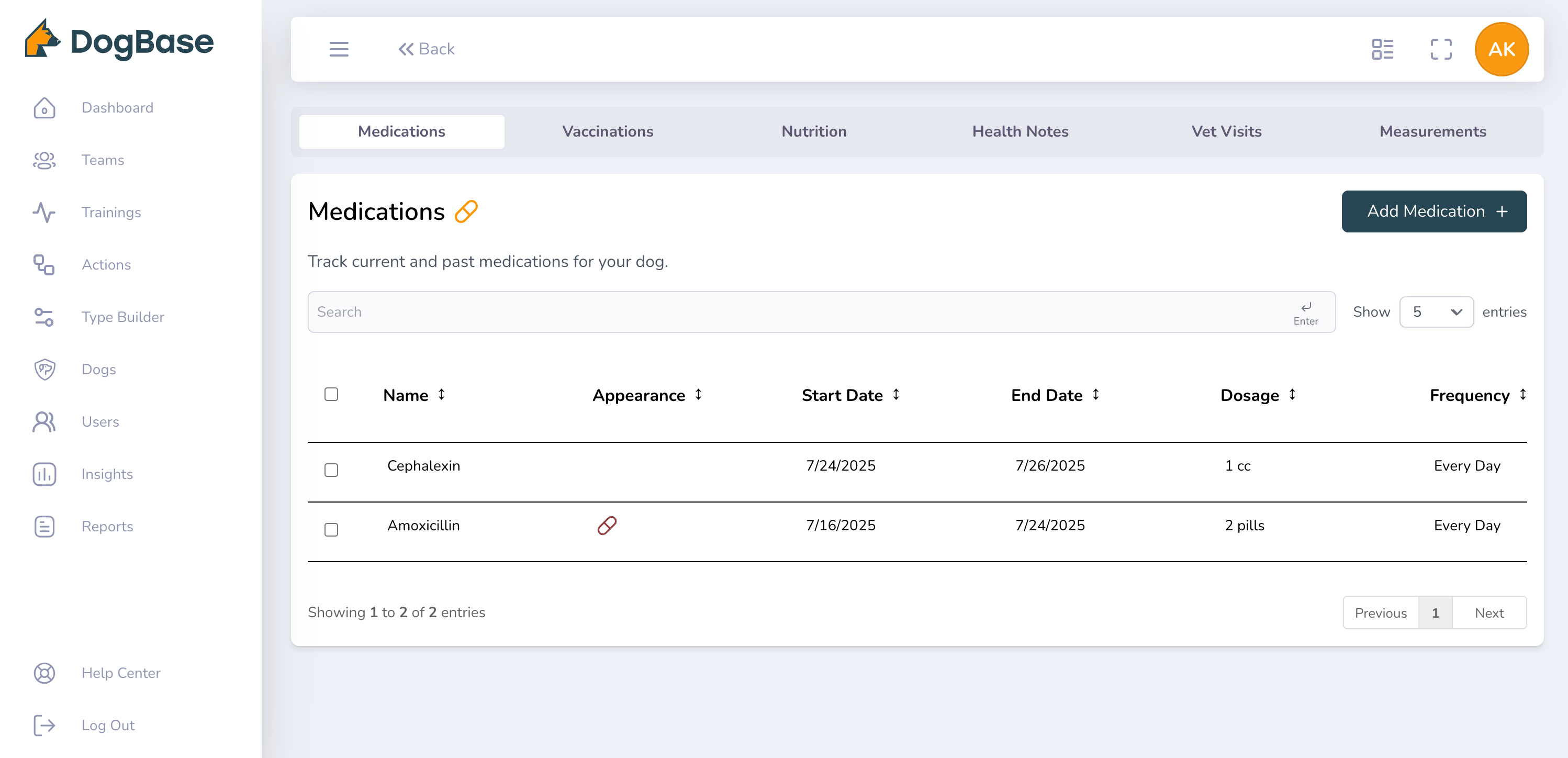
Scent Work for Beginners: How to Start Training Detection Dogs

Introduction
Training detection dogs—whether for narcotics, explosives, or even bed bugs—starts with one foundational skill: scent work. For beginners, understanding how to train a detection dog can be overwhelming, but it doesn’t have to be. With a little knowledge, consistency, and the right tracking tools, anyone can lay the groundwork for a future working K9.
This guide will walk you through the essentials of beginner scent work, including how scent detection works, what tools you need, and why keeping training logs is essential. Whether you’re a dog sport enthusiast, K9 handler, or hobbyist trainer, this is your entry point into a fascinating world of olfactory intelligence.
Why Scent Work Matters in Detection Dog Training
Dogs experience the world primarily through their noses. While humans have around 5 million scent receptors, dogs have up to 300 million, depending on the breed. This biological advantage makes dogs exceptional partners for detecting specific odors—whether it's contraband in luggage, live human scent after an earthquake, or bed bugs in apartment units.
Scent work lays the foundation for all detection dog training. Without it, you cannot build odor recognition, odor discrimination, or search patterns effectively.
The Science Behind Detection Dogs

Detection dogs rely on classical conditioning to associate a specific odor (the target odor) with a reward. Over time, the dog learns not just to find a scent, but to perform a specific “final response” when it detects it—like sitting, barking, or pointing.
Here’s a simplified breakdown of the learning model:
- Imprint the Odor – Introduce a single target scent and pair it with high-value rewards (toys or food).
- Indication – Train the dog to communicate detection clearly (e.g., sit and stare).
- Discrimination – Present multiple scents and teach the dog to pick out only the target.
- Generalization – Vary the environment, container types, and distractions.
- Proofing – Add challenges like time pressure, weather, or new surfaces.
Choosing Your First Target Odor
When starting scent work, it’s crucial to pick a target odor and stick with it until the dog is consistent. Here are common beginner-friendly odors:
- Essential Oils (e.g., birch, anise, clove – used in nosework sports)
- Kong Toys (for toy-motivated dogs)
- Training Scents for Detection Work – Pseudo scents like narcotics or explosives (available to certified handlers or through specific vendors)
Note: Always check your local laws when training with drug or explosive simulants.
Step-by-Step Beginner Training Plan
1. Build Drive and Focus
Start with simple games that engage your dog’s nose:
- Find the toy/treat hidden in a box.
- Search and retrieve in grassy areas.
- Use drag scent to lay a trail and let your dog track.
The goal? Create engagement with the game of scenting.
2. Introduce the Target Odor
- Place a few drops of target scent on a cotton swab.
- Hide it in a vented container (tin with holes or scent tube).
- Let the dog investigate and reward with a jackpot the moment it interacts with the odor.
🔑 Tip: Pair odor with reward early to create a strong positive association.
3. Build Pattern Searches
Once your dog understands the scent, teach basic search patterns:
- Container searches: Use cardboard boxes or Tupperware.
- Room searches: Vary environments slowly—garage, backyard, indoors.
- Vehicle searches: Great for advanced beginners with focused dogs.
Train your dog to use methodical search behavior—nose down, consistent pace, clear final alert.
4. Teach the Final Response

This is your dog’s way of telling you, “I found it!”
Options include:
- Sit (most popular)
- Down
- Freeze and stare
- Passive alert (for narcotics or explosives)
- Active alert (bark for alerting bed bugs or termites)
Use shaping and reinforcement. Reward only when the dog performs the correct behavior at the source of the scent.
Logging Training Sessions: Why It’s Essential
Whether you're training a working K9 or hobbyist dog, tracking each training session is crucial. Why?
- Monitor Progress: Track improvement over time in odor recognition, alert accuracy, and search time.
- Spot Patterns: Identify weak areas like false alerts, over-alerting, or poor generalization.
- Build Accountability: Essential for professional detection handlers or dog sports competitors.
- Aid Certification: Certification bodies often require logs to show odor exposure and performance history.
What to Track
- Date, location, and conditions
- Type of odor
- Number of hides and placements
- Duration and difficulty
- Dog’s behavior and alert quality
- Success/failure rate
🔧 Pro Tip: Use a platform like DogBase to digitally log sessions, get performance insights, and visualize progress over time. Many trainers have increased efficiency by over 40% using tracking software to adjust training in real-time.
Common Beginner Mistakes (And How to Avoid Them)
- Rushing into multiple odors: Master one scent before adding another.
- Too many distractions too soon: Gradually increase difficulty.
- Overhandling: Let the dog lead the search; trust their nose.
- Inconsistent rewards: Use the same timing and type of reward early on to build clear associations.
- Neglecting logs: Data is gold in scent work—don't rely on memory alone.
Scent Work Gear List for Beginners
You don’t need much to get started, but a few tools help:
- Scent containers or tins with vents
- Cotton swabs and target odor
- Tweezers or gloves (to prevent contamination)
- Clicker (if using clicker training)
- Treat pouch or toy rewards
- Training logs (physical or digital via DogBase)
When to Seek Advanced Training

Once your dog is reliably locating target scents in varied environments, consider:
- Working with a certified detection trainer
- Joining nosework classes or trials
- Applying for professional certifications (e.g., NACSW, UKC, or LE-certification for K9s)
- Integrating new odors like gunpowder, accelerants, electronics, etc.
Final Thoughts
Starting scent work is an exciting journey into the world of detection dog training. By keeping your sessions fun, structured, and well-documented, you’ll set a strong foundation for your dog’s success—whether in sports, service, or real-world detection work.
Remember, consistency is everything. The best detection dogs aren’t born—they’re logged, trained, and trusted.
Unleash the Potential of Your Working Dog with DogBase.
Our innovative platform streamlines training, simplifies data tracking, and leverages AI to optimize performance for all working dog teams.
What our customers says about us
Support & Share
Get Started with DogBase























